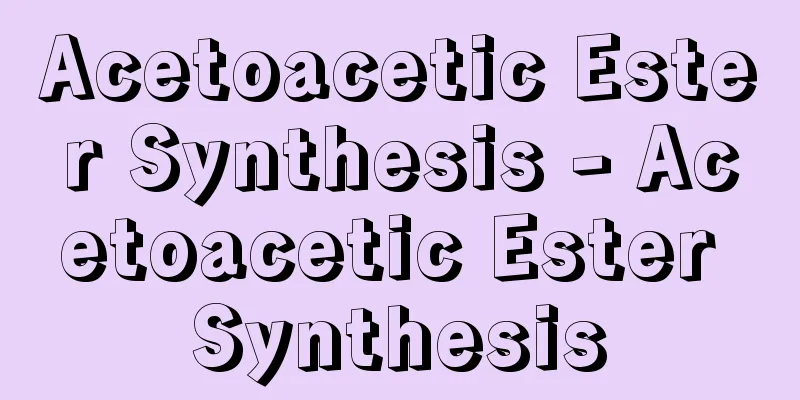Otamaboya - Otamaboya

|
A general term for marine animals belonging to the phylum Protochordata, class Urochordata, order Uropodida, family Occipitalia. They lead a lifelong planktonic lifestyle and are commonly found all over the world, mainly in warm waters. The body of the insect consists of an egg-shaped trunk about a few millimeters long and a long, flat tail that grows from the ventral surface. The trunk contains the digestive, reproductive, and central nervous systems, while the tail has two rows of muscle cells that sandwich the nerves and the urodactyl. The mouth opens at the front end of the trunk. The wide pharynx is equipped with an internal style and continues to the esophagus, while it has a pair of ciliated internal gill slits at the distal ventral side. Each internal gill slit is connected via a short gill passage to an external gill slit that opens on the ventral surface of the trunk. There is no peribranchial cavity or excretory cloaca. The body of the insect is wrapped in a thick agar-based "house" constructed by a tunic secreted by the nest-building tissue of the trunk epidermis, but when collected, it detaches due to the stimulation of the tunic. The "house" is equipped with a filtering device, and captures minute plankton that flow in by the movement of the tail. If feeding is impaired, the "house" is shed, and the already formed primordia quickly develop and are replaced. All species are hermaphrodites except for Oikopleura dioica , which is commonly found in inland bays. Asexual reproduction is not known. Some species are luminous, and in rare cases, they become red tide organisms. There are cases where they are the main food of juvenile fish such as European flounder. To date, 16 species, half of all known species, have been found in the waters off Japan. [Teruaki Nishikawa] Source: Shogakukan Encyclopedia Nipponica About Encyclopedia Nipponica Information | Legend |
|
原索動物門尾索綱尾虫目オタマボヤ科に属する海産動物の総称。終生、浮遊生活を営み、温水域を中心に全世界に普通に生息する。虫体は卵形で長さ数ミリメートル程度の躯幹(くかん)と、その腹面から生じる扁平(へんぺい)で長い尾部とからなる。躯幹は消化、生殖、中枢神経系などを含み、尾部は2列の筋肉細胞が神経と尾索とを挟み込む。口は躯幹前端に開く。広い咽頭(いんとう)は内柱を備え食道に続く一方、繊毛の生えた1対の内鰓孔(ないさいこう)を末端腹側部にもつ。各内鰓孔は短い鰓道を経て、躯幹腹面に開く外鰓孔に連なる。囲鰓腔(いさいこう)や排出腔はない。虫体は、躯幹表皮の造巣組織が分泌する被嚢(ひのう)によって構築される厚い寒天質の「家(ハウス)」とよばれる部分に包み込まれるが、採集時にはその刺激で離脱する。「家」は濾過(ろか)装置を備え、尾の動きによって流入した微細プランクトンをとらえる。摂餌(せつじ)に支障が生じた「家」は脱ぎ捨てられ、すでに形成されていた原基が速やかに展開して更新される。内湾に普通にみられるワカレオタマボヤOikopleura dioica以外はすべて雌雄同体。無性生殖は知られていない。発光する種や、まれに赤潮生物となる種もある。ヨーロッパ産ヒラメなどの稚魚の主要な餌(えさ)となる例がある。日本近海からはこれまでに、全既知種の半数にあたる16種がみつかっている。 [西川輝昭] 出典 小学館 日本大百科全書(ニッポニカ)日本大百科全書(ニッポニカ)について 情報 | 凡例 |
Recommend
Cone-tooth
…Due to the pattern that appears on the biting su...
Acrocephalus
...A general term for birds of the Acrocephalus g...
And Soil - And Soil
...The area of black soil in Japan is about 5.5...
Saint-Malo (English spelling)
A port town and seaside resort on the north coast ...
Gramoxone
A type of herbicide called paraquat. Because it is...
The Nightingale of Wittenberg
…He was born in Nuremberg and never left the city...
Eel gang
This is one of the classic Rakugo pieces. It is al...
Pongidae
...A general term for apes that lived in geologic...
Mantissa - Mantissa
(1) The common logarithm of a positive number A ca...
Aranta
…A tribe of Aboriginal people living in the arid ...
cartoon anime
…When a competition was held for a cartoon fresco...
Probabilistic reasoning
… In the above example where curry powder is not ...
Military Academy Incident
In November 1934, young officers of the Imperial W...
Erlenbald - Erlenbald
…They invalidated the appointment of Archbishop G...
Iron deficiency anemia
…However, if the hemoglobin concentration is rest...









